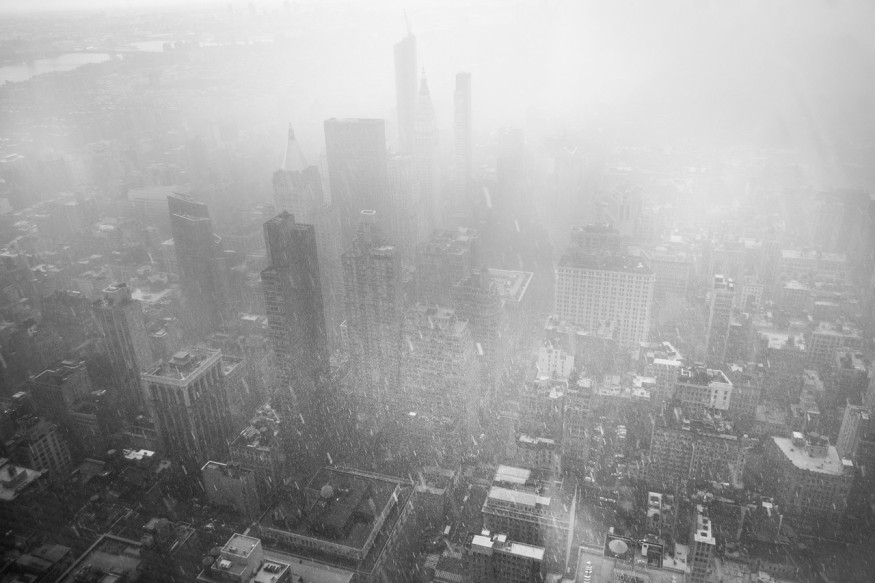Wildfire smoke from Canada is clearing up along the U.S. East Coast as of Saturday, June 10, according to meteorologists from the National Weather Service (NWS).
This comes after millions of Americans received Air Quality Alerts along some East Coast cities like New York, Philadelphia, and Washington, D.C.
The Canadian wildfire smoke reached a hazardous level earlier this week and worsened as the days progressed.
Canada has been ravaged by hundreds of wildfires in different parts of the country's southwestern and southeastern tiers.
With this, smoke from different forest fires and bushfires in the Canadian landscape has spread into its neighboring U.S. regions like the Pacific Northwest and New England.
Warm temperatures and dry conditions have contributed to the fires as the North American summer season has also started on June 1.
Canada Wildfire Smoke

U.S. air quality as of Saturday was in the "good" or "moderate" levels of particulate matter pollution along the East Coast's Interstate 95 corridor.
There could still be some hazy smoke visible from the skies during the weekend in major cities across the region, according to NWS meteorologist Zack Taylor from the Weather Prediction Center, USA Today reported.
Taylor told USA Today and explained the smoke was not nearly as dense or large on Saturday morning and during the weekend, adding this is the reason why the air quality has improved compared to earlier in the week, especially in the mid-Atlantic and the Northeast.
Despite the reported dissipating wildfire smoke, experts have still warned about the dangers of inhaling these toxic airborne particles since it can affect one's respiratory and cardiovascular health.
The smoke can also hurt a person's eyes and worsen existing chronic heart and lung diseases, according to the Centers for Disease Control and Prevention (CDC).
Extreme Heat Danger
While not as massive as the recent East Coast wildfire smoke, extreme heat in the island state of Puerto Rico and Texas has prompted the issuance of a heat alert on Saturday.
This comes as heat index temperatures spiked to more than 100 degrees Fahrenheit, according to the NWS.
The weather service warned the public that the combination of hot temperatures and high humidity will lead to dangerous situations where heat-related illnesses are possible, as cited by the U.S. media outlet.
The extreme heat forecast is likely to occur since the U.S. summer season is known for its scorching temperatures.
In previous years, a summer heatwave was linked to hundreds of deaths in western North America, including the U.S. Pacific Northwest and southwest Canada.
As reported almost two weeks ago, the National Oceanic and Atmospheric Administration (NOAA) has released its weather outlook and long-term forecast for the 2023 summer season in North America.
One of its main predictions is that the East Coast, as well as the West Coast and South U.S., will experience an above-normal summer.
This means that temperatures will be higher than normal, as cited by Fox 8 news.
© 2025 NatureWorldNews.com All rights reserved. Do not reproduce without permission.





